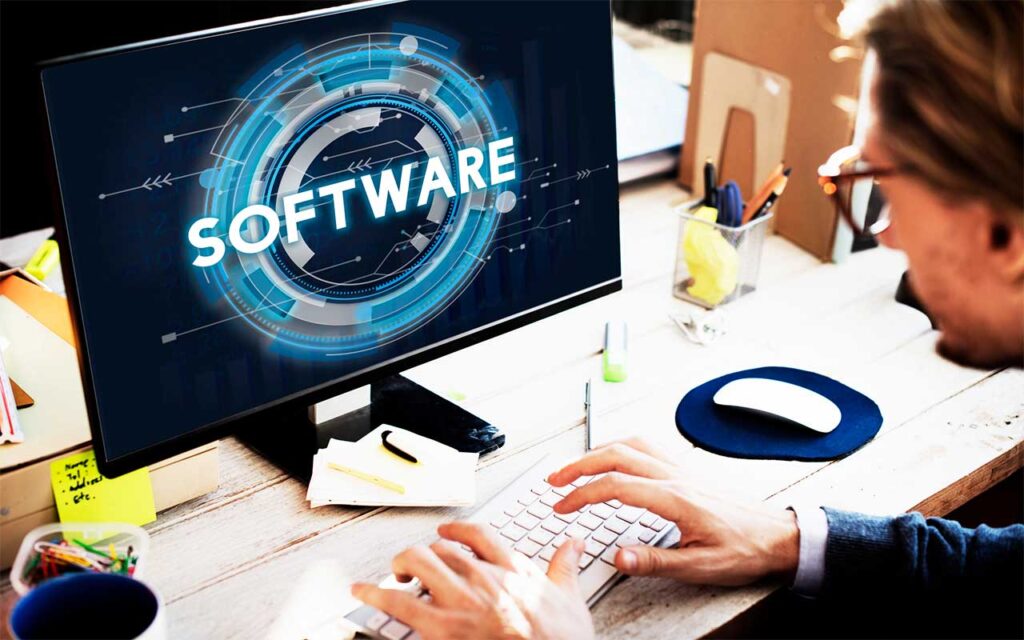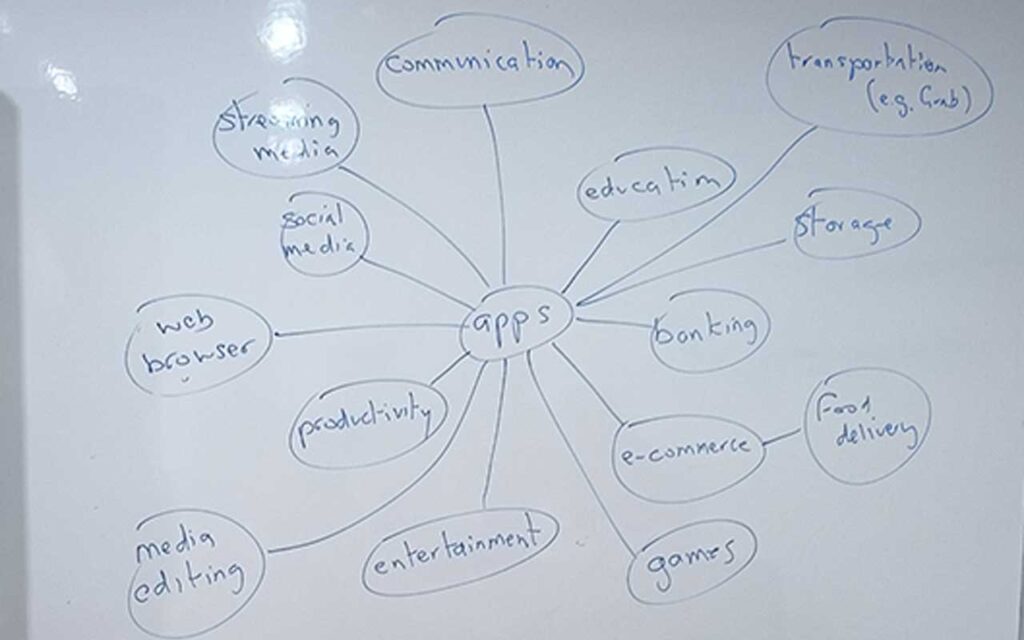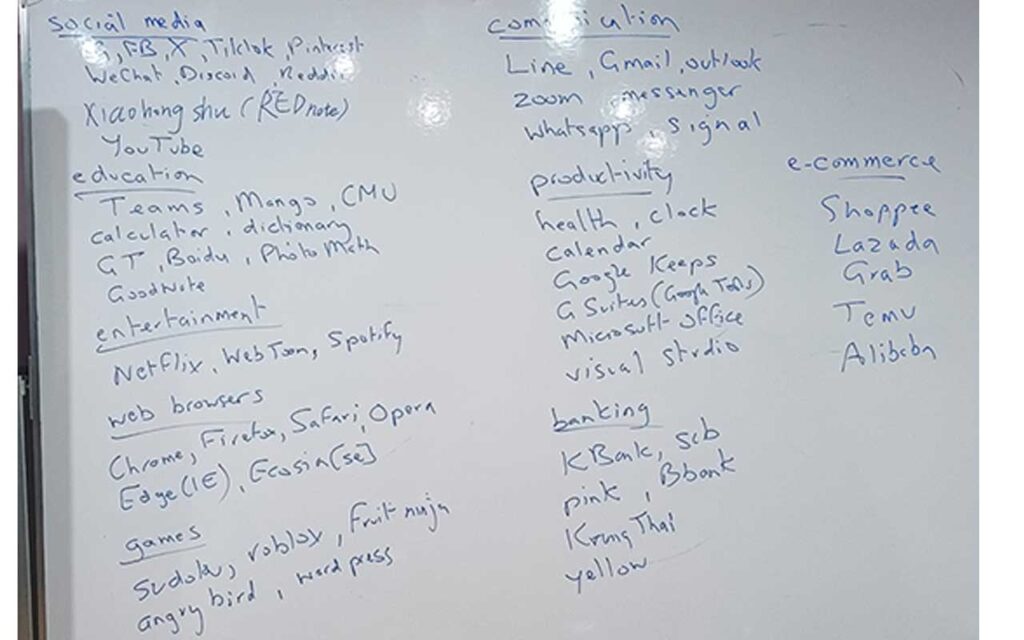IT Software

IT software is categorized as either system software, mainly your operating system, or applications software (i.e. ‘apps’.)
System Software
serves as the interface between
- the user,
- the application software,
- and the computer’s hardware
It consists of the programs that control or maintain the operations of the computer and its devices
- Operating systems (OS)
- system management
- Utility programs
- system maintenance
What is an Operating System?
“a set of programs containing instructions that work together to coordinate all the activities among computer hardware resources”
What does it do?
- Start and shut down a computer
- Provide a user interface
- Manage programs
- Manage memory
- Coordinate tasks
- Configure devices
- Establish an Internet connection
- Monitor performance
- Provide utilities
- Automatically update
- Control a network
- Administer security
- handle input data and instructions
- perform file management
- control access to storage
- manage devices (e.g. printers)
- deal with errors, e.g. displaying error messages
Utility programs
“allows a user to perform maintenance-type tasks”
- Virus protection
- Data compression
- File defragmentation
- Disk scanner & disk cleanup
- Backup
- Data recovery
Software on Your Devices


Application Software
Application software consists of programs designed to make users more productive and/or assist with personal tasks
Business software is application software that assists people while performing business activities, such as
- Word Processing
- Spreadsheet
- Database
- Presentation
- Note Taking
- Personal Information Manager
- Business Software for Phones
- Business Software Suites
- Project Management
- Accounting
- Document Management
- Enterprise Computing Software
- Project management software allows a user to plan, schedule, track, and analyze the events, resources, and costs of a project
- Accounting software helps companies record and report their financial transactions
- Accounting software helps companies record and report their financial transactions
- Enterprises typically require special computing solutions for various functional units
- Web applications allows users to access and interact with software from any computer or device that is connected to the Internet
- Content Management Systems (CMS) – helps users create, manage, and modify content on a website. It is a tool that enables you to build a website without needing to write all the code. Example: WordPress – used to create & maintain websites
Purchasing Software
- Commercial Software – license must be purchased
- Public-domain software – Not copyrighted – legal to copy
- Shareware – Copyrighted – download for free, then pay if you use it
- Freeware – Copyrighted –available for free or – fee optional
- Rentalware – Copyrighted – leased
Licensed Software
- Site license – all computers at a specific location
- Concurrent-user license – specified number of copies, may have license-monitoring software
- Multiple-user license – number of people who use the software
- Single-use license – limits the software to one user at a time
Other Software
Pirated software
- obtained illegally
- violation of copyright
Abandonware
- no longer being sold or supported
- 95 years copyright from date of publication
Custom software
- custom-made for company
